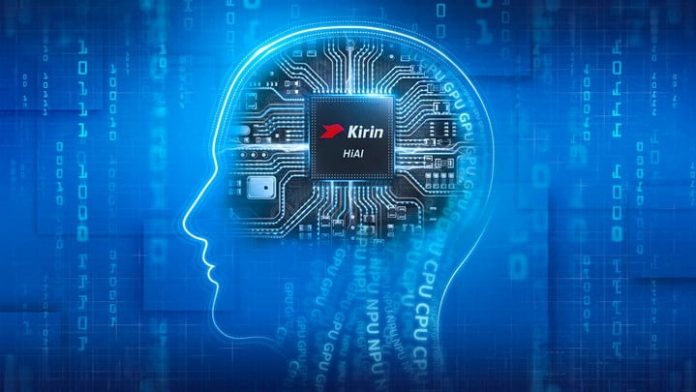It is still remarkable that the computer that took the astronauts to the moon was as big as a Labrador Retriever and had several thousand times less the computing power than the device in your pocket. Since that “small step for man,” computers have shrunk at a dizzying pace and yet, through human ingenuity, they have also become exponentially more powerful. Even more incredible is how the growing processing power of computers is always matched by our demand for more tools, abilities, and quirky bonus features like being able to ask AI the meaning of life.
Smartphone tech has stayed at the top of its game since it broke out onto the scene a decade ago, sometimes offering new tools before we even know what to do with them. This appears especially in the case of artificial intelligence, which smartphone companies like Huawei have seized upon to not only create new features, but also to take existing standards for older features to new heights.
While today’s AI is too often associated with robots doing gymnastics and grandmas having shouting matches with Alexa’s disembodied voice, there is a lot more AI going on in your smartphone than you probably realize. Using Huawei’s new dual-NPU Kirin 980 device as an example, this update to the Kirin 970 uses AI processors to provide users with an innovative photography experience. The Kirin 980 can recognize and map (also known as image segmenting) the human body, joints and all, in real time to capture movements like dancing or running with perfect clarity.
In addition to AI Image Stabilization, the Kirin 980 uses AI autofocus to track human subjects as well. This means that once you pick the subject of the scene you want to focus on, artificial intelligence will stick with that person at a constant aspect ratio, even if you zoom in or out.
Think back to the action movies of the 2000s, when directors began using handheld cameras to bring a new kind of free-flowing energy to their scenes. What is so exciting about bringing AI to today’s smartphones is that users can shoot scenes with the same energy and movement that the old handheld cameras introduced to film, but without the shakiness that they were criticized for.
As you might imagine, letting aspiring filmmakers capture a frenzied fight sequence and making it possible to unlock your smartphone using just your face (in under a second, even in pitch darkness) requires a whole lot of computing power. The Kirin 980 does this with the help of two Network Processing Units, which provide a whole new level of processing power and performance to the smartphone – and to its AI features in particular. Having dual-NPUs make it possible for the Kirin 980 to recognize 4,500 images per-minute while also delivering quicker app launch times, more efficient power efficiency, and a generally smoother user experience.
Huawei paired this processing power with the Kirin 980’s integrated modem and the modem supporting LTE Cat.21, which allows users to have a faster and higher-quality connectivity experience that also offers download speeds that are nearly twice the industry standard. Taken all together, the Kirin 980 aims to cut the time it takes to do the most tedious tasks, from video editing to waiting for something to download, down to the point where you don’t even notice them anymore. Which is pretty cool.
Considering the features packed into the Kirin 980, it almost seems like the Apollo 11 computer has more in common with the flip-phones of the 2000s than today’s AI-loaded smartphone has in common with the phones that were so popular a decade ago. While the rapid advance of computing power and the creation of AI that truly enhances features is certainly a part of the current revolution in smartphone technology, at its core is the desire to streamline the experience so we can use smartphones to do more and do it faster.










